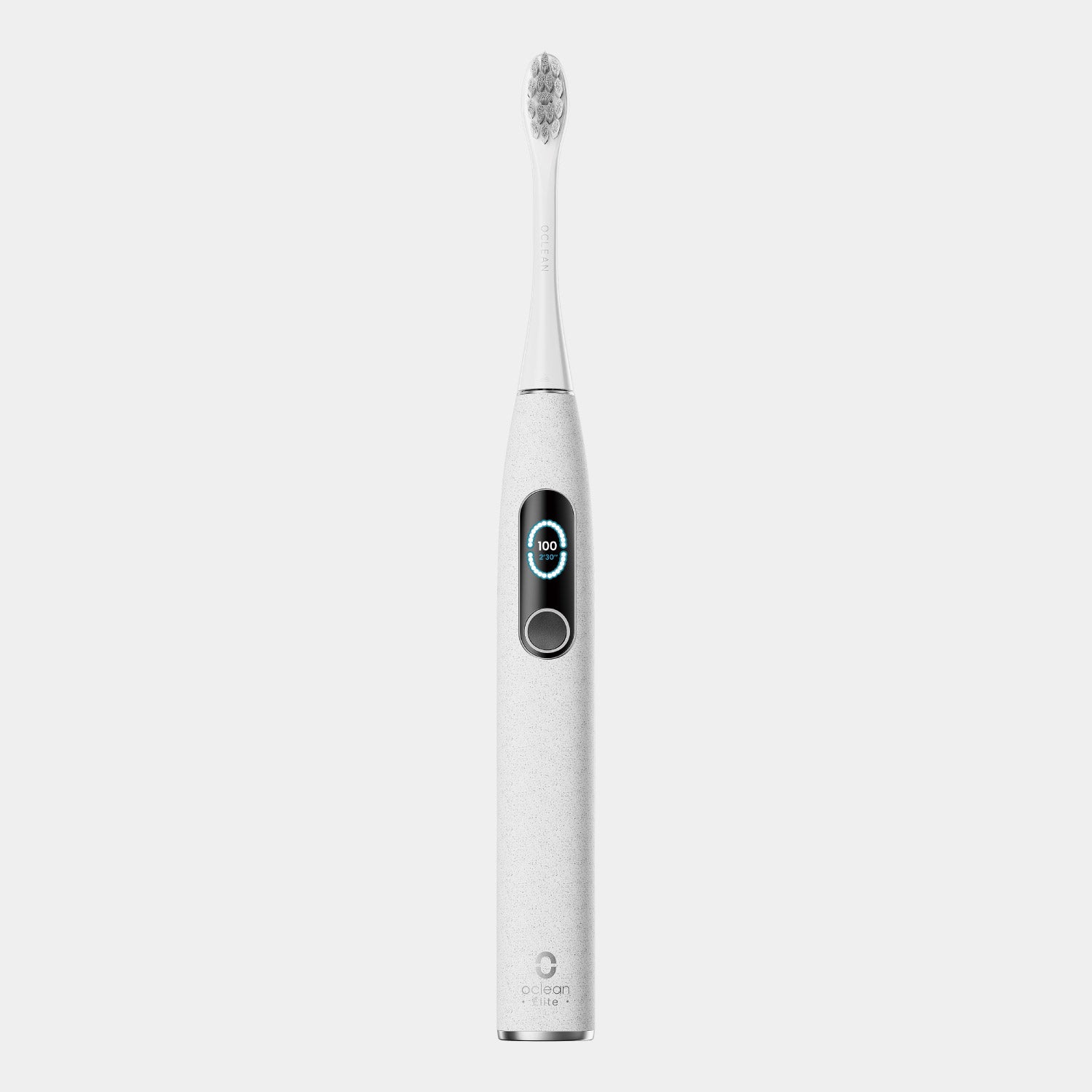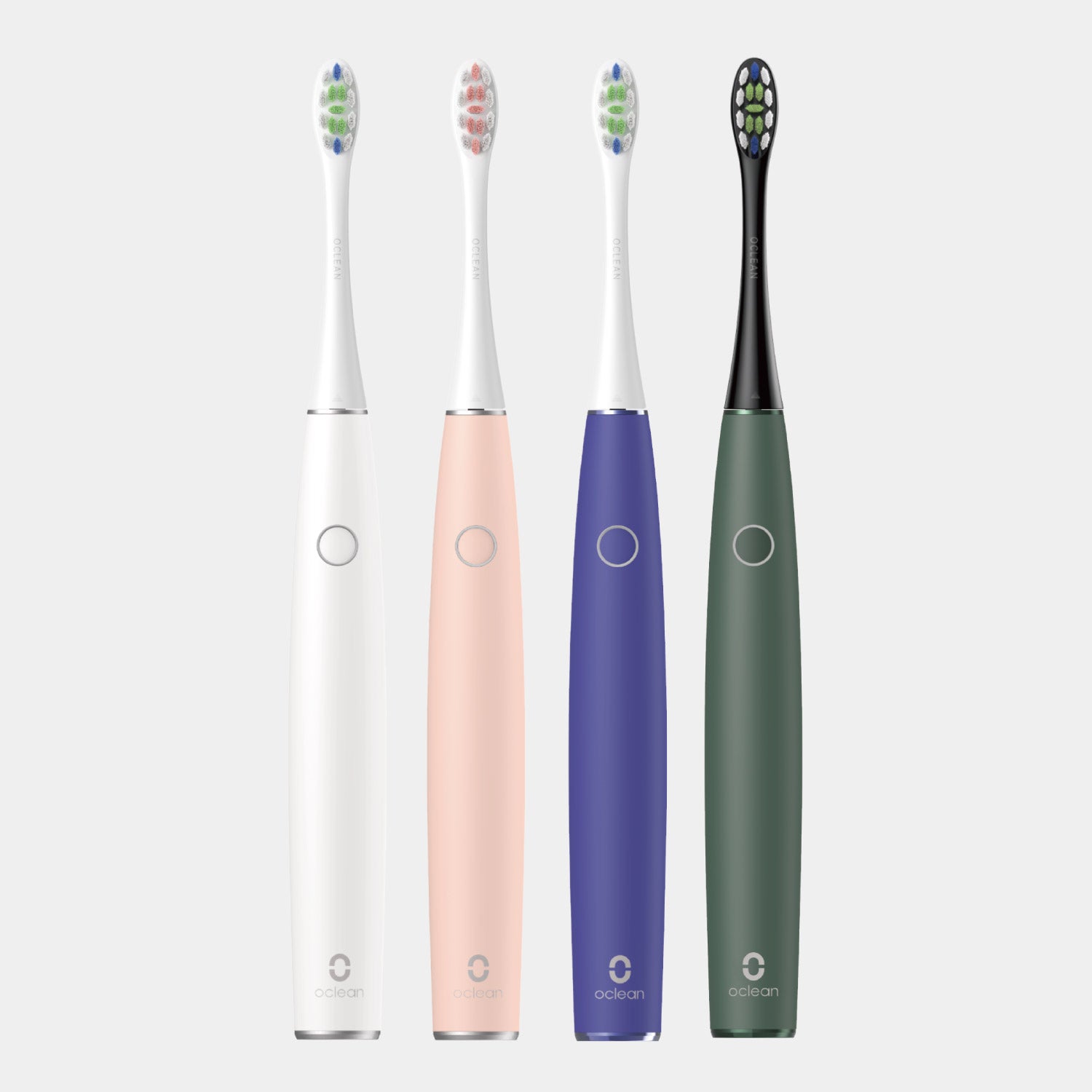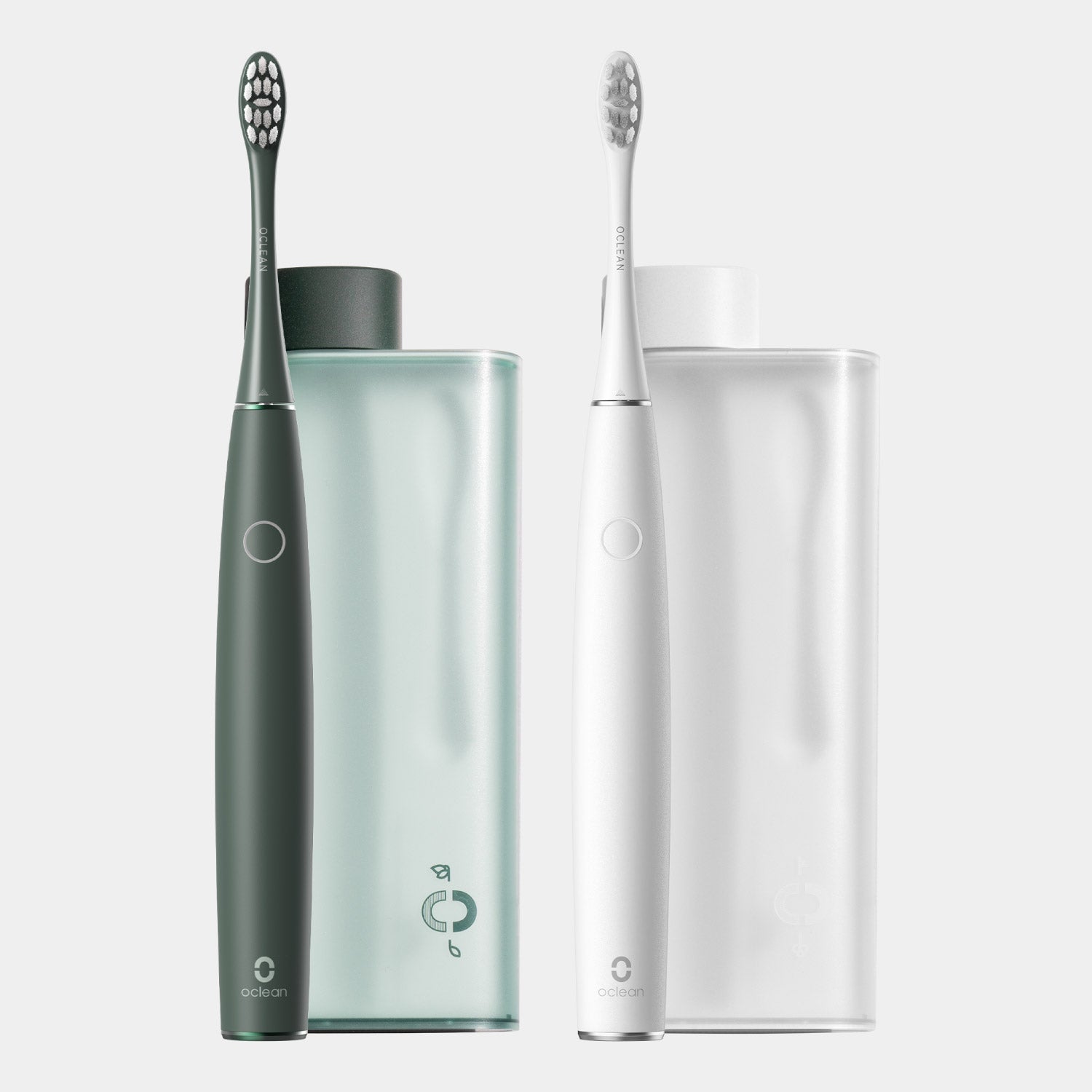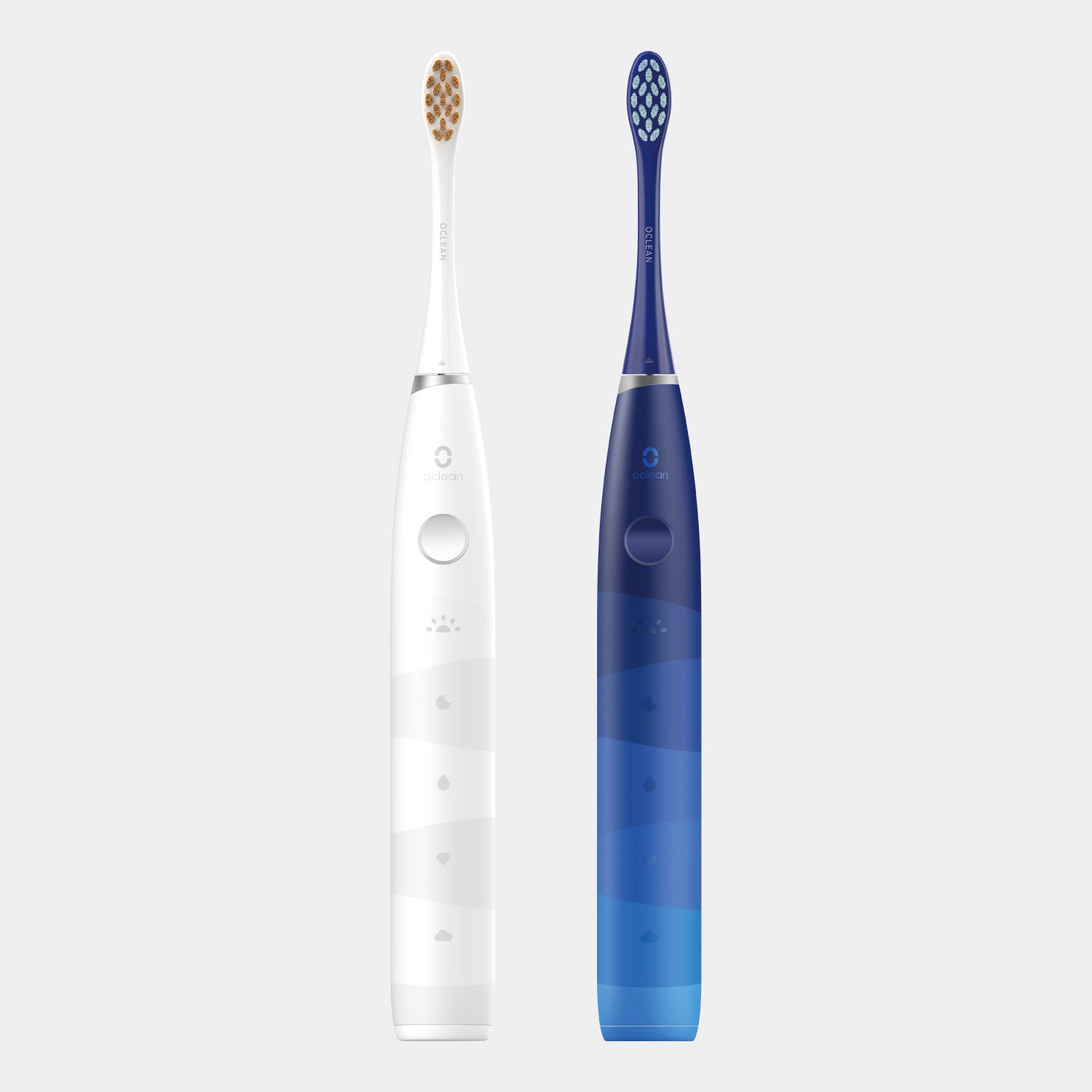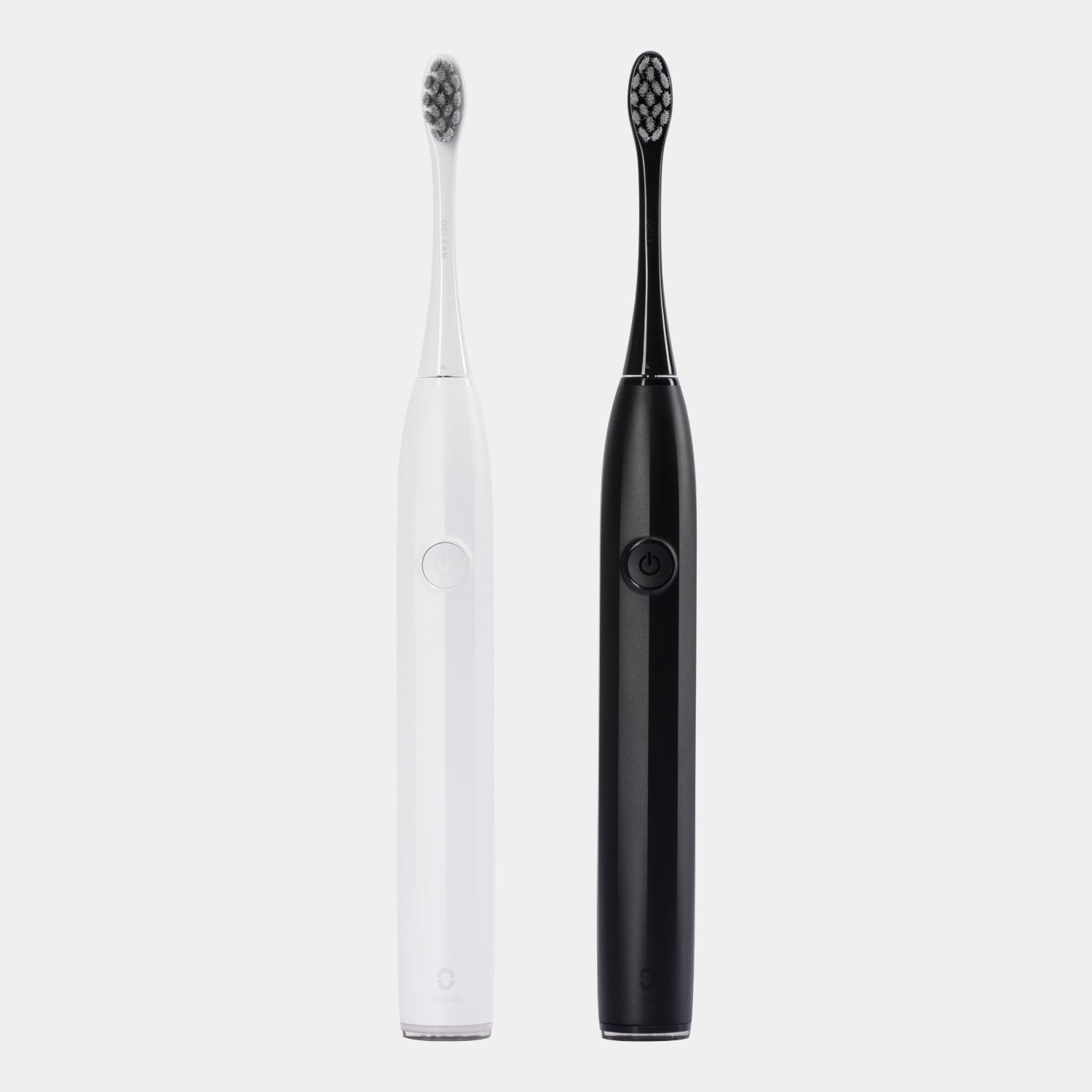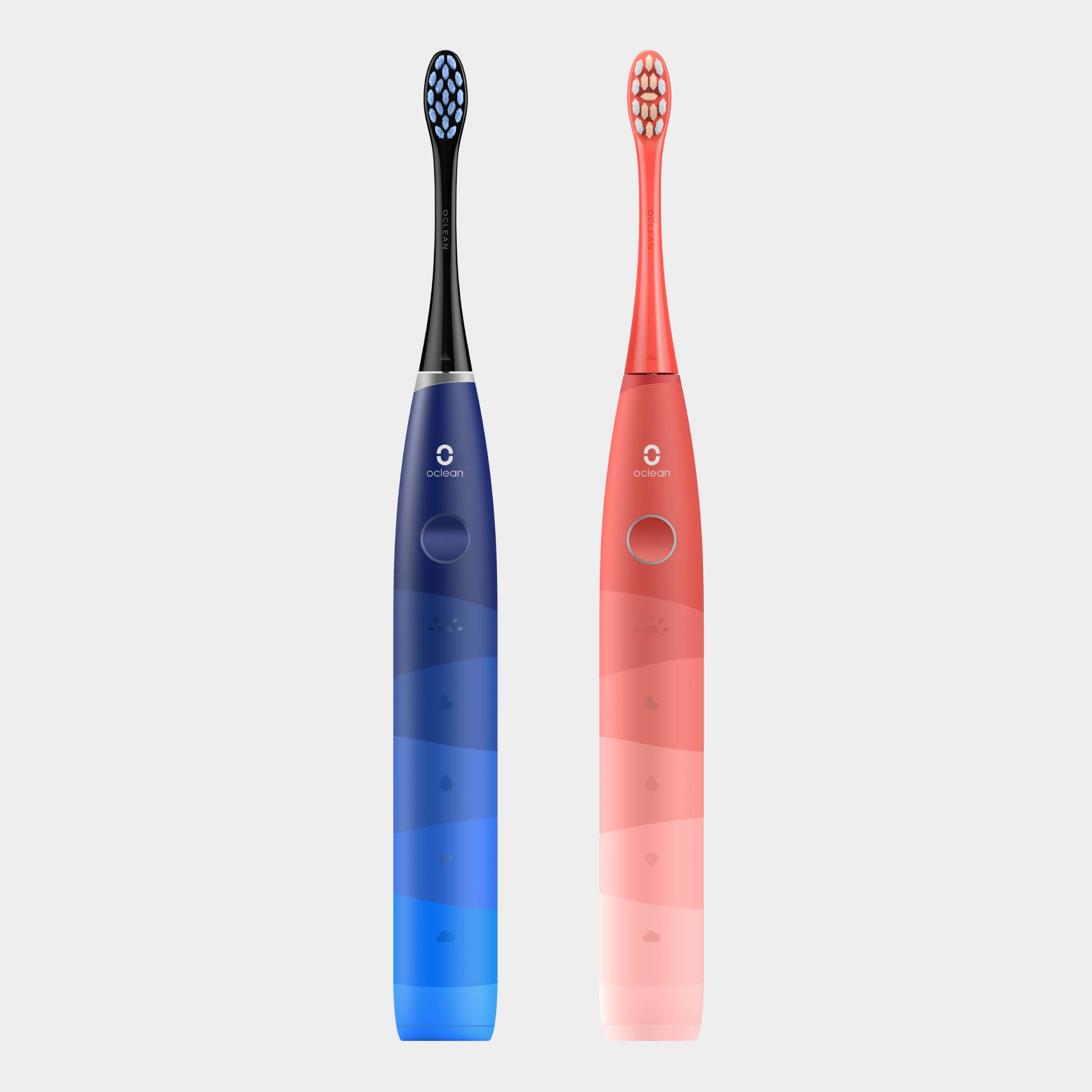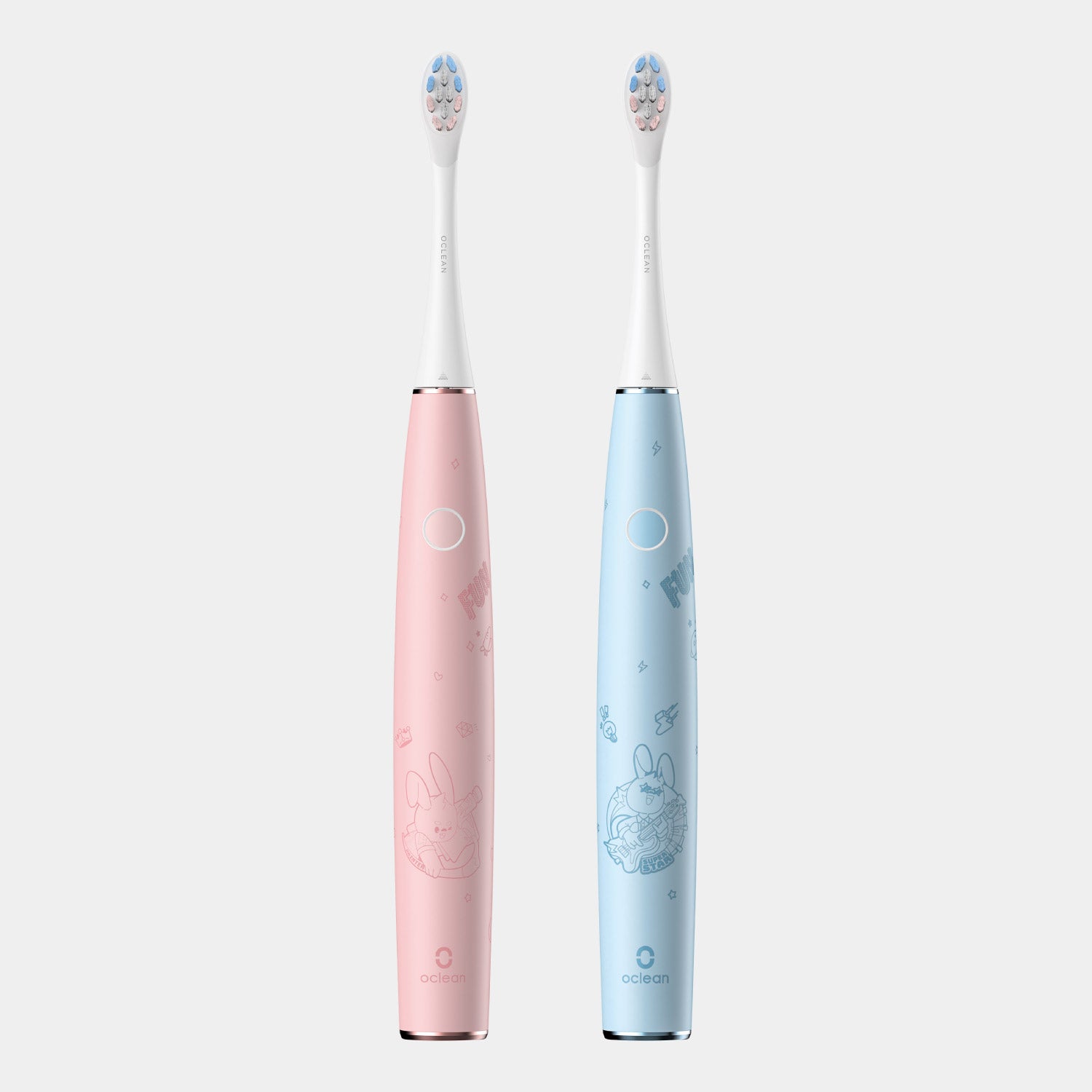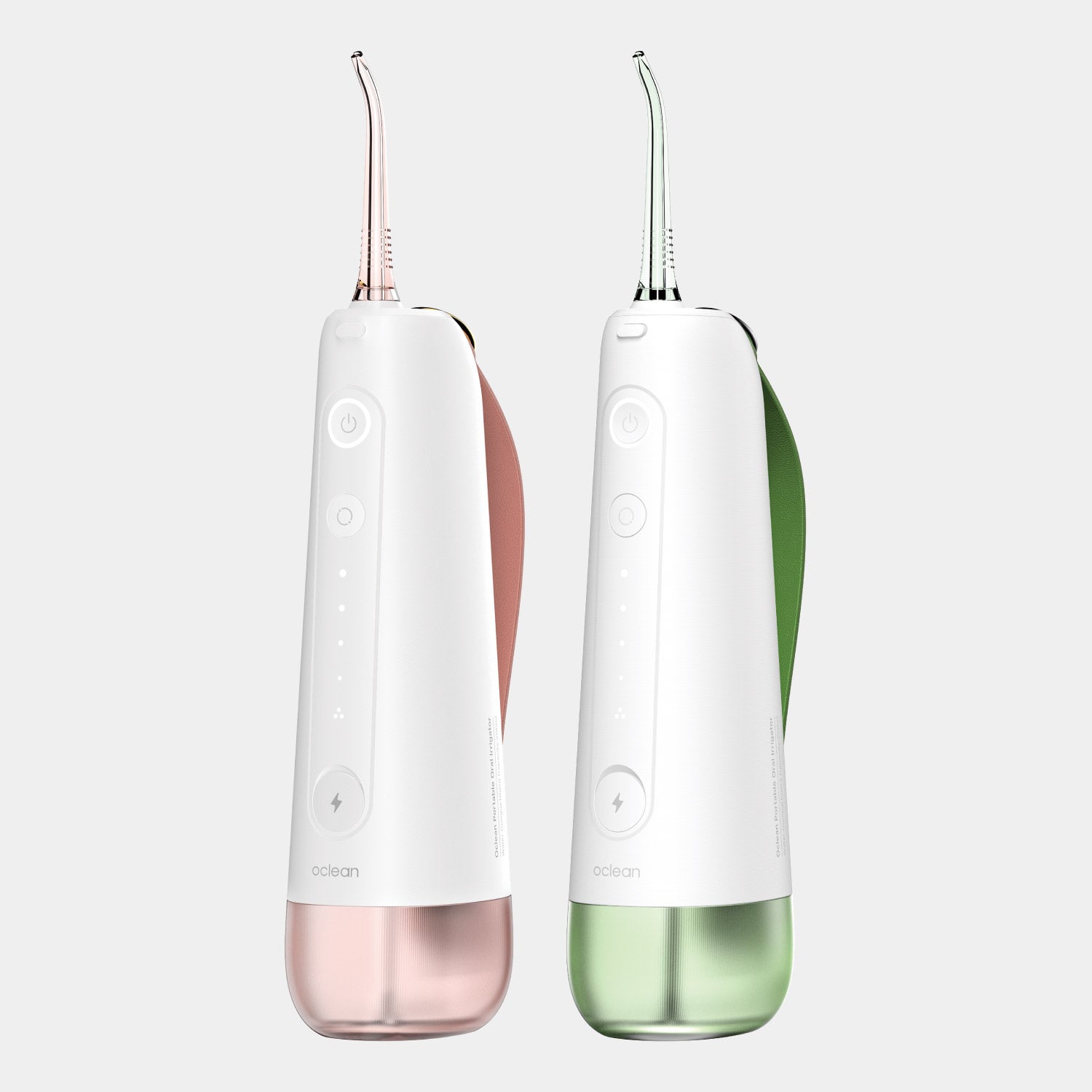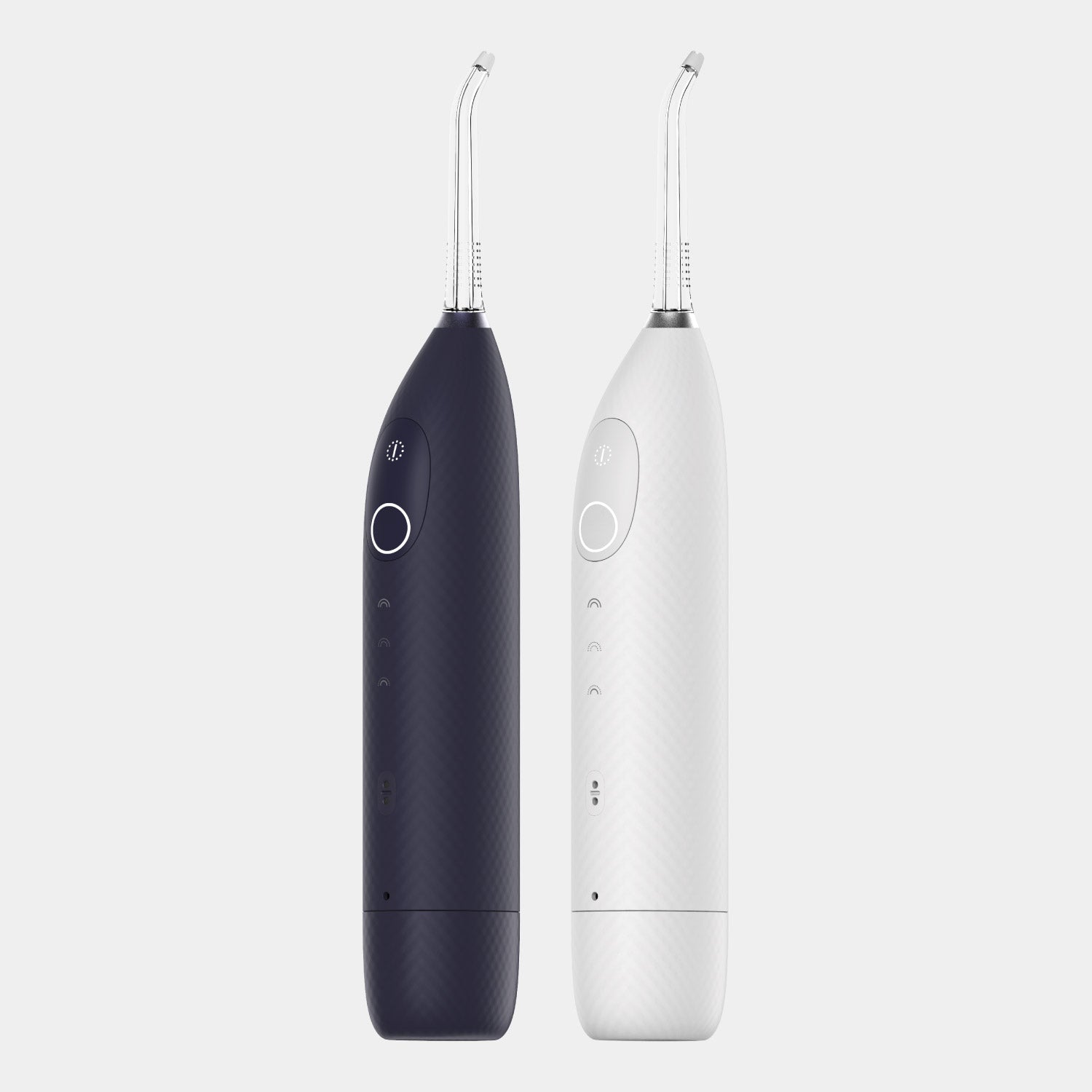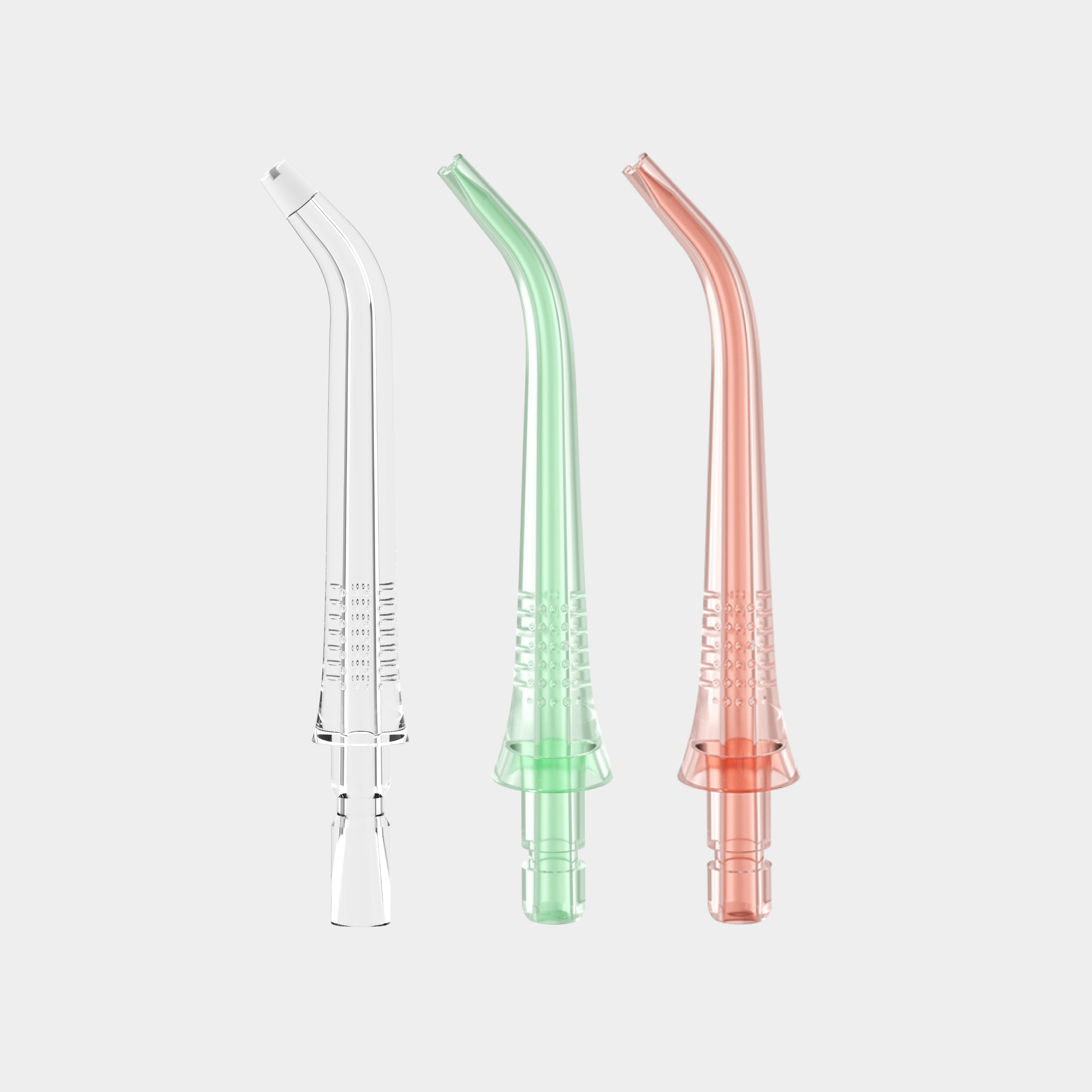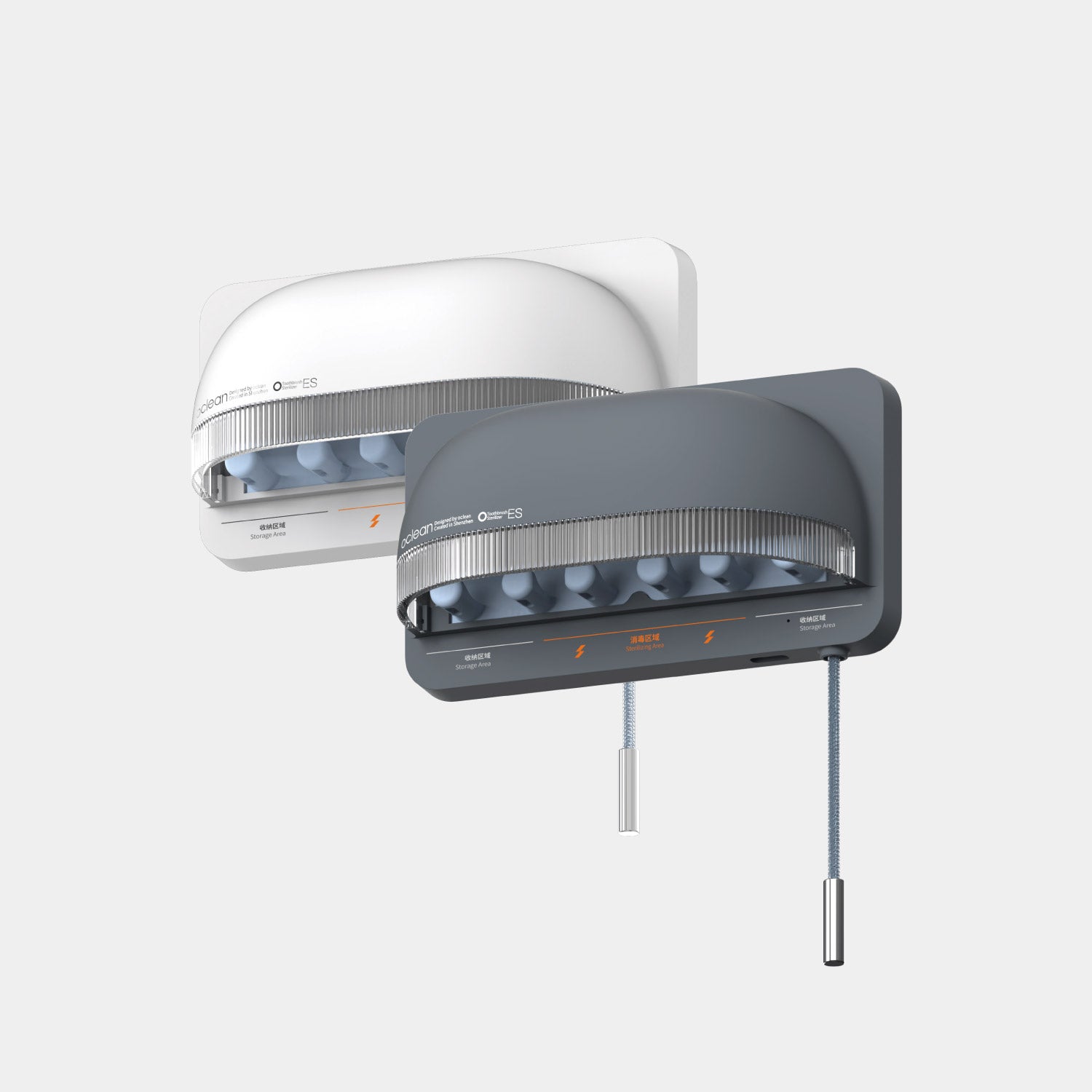Oral hygiene is essential for maintaining overall health, and one crucial aspect of it is flossing. While brushing your teeth twice a day is a well-known habit, flossing often gets overlooked. However, knowing how to floss properly can make a significant difference in your oral health, preventing gum disease and tooth decay. This comprehensive guide will help you understand how to floss properly, ensuring that you maintain a healthy and bright smile.
How to floss properly?
Flossing is more than just running a thread between your teeth. It requires technique and consistency to be effective. Many people wonder how to floss properly and whether they are doing it right. Understanding the right way to floss can help you remove plaque and food particles from areas that your toothbrush can't reach.
To begin with, you need to choose the right type of floss. There are various kinds, such as waxed, unwaxed, flavored, and unflavored floss. The choice depends on your personal preference and the spacing between your teeth. Waxed floss is often easier to slide between closely spaced teeth, while unwaxed floss might squeak against clean teeth, indicating plaque removal. Additionally, water flossers are an excellent alternative for those who find traditional flossing challenging, as they use a stream of water to clean between teeth and along the gum line effectively.
How to floss? A step-by-step guide
Learning how to floss properly involves a series of steps that ensure you clean your teeth effectively without harming your gums. Here’s a step-by-step guide on how to floss properly:
- Start with about 50 cm of floss: While 50 centimeters might seem like a lot, it is essential for effective flossing. This length ensures that you have enough floss to comfortably grip and maneuver it between all your teeth. Additionally, having this much floss allows you to use a clean section for each tooth, which is crucial to avoid transferring debris and plaque from one tooth to another. Wind most of it around one of your middle fingers and the rest around the same finger on the opposite hand. This finger will take up the floss as it becomes dirty.
- Hold the floss tightly between your thumbs and forefingers: Leave about 2-4 centimeters of floss to work with.
- Guide the floss between your teeth using a gentle rubbing motion: Never snap the floss into the gums as it can cause injury.
- When the floss reaches the gum line, curve it into a C shape against one tooth: Gently slide it into the space between the gum and the tooth.
- Hold the floss tightly against the tooth: Gently rub the side of the tooth, moving the floss away from the gum with up and down motions.
- Repeat this method on the rest of your teeth: Don’t forget the back side of your last tooth.
- Use clean sections of floss as you move from tooth to tooth: This ensures you’re not transferring debris from one area to another.
Also read: Why Does Floss Smell Bad and How to Eliminate It?
How to floss back teeth?
Flossing your back teeth can be particularly challenging due to limited access and visibility. However, it’s crucial to learn how to floss back teeth properly since these areas are prone to plaque buildup and cavities. Here are some tips on how to floss properly, especially for your back teeth:
- Use a longer piece of floss: This gives you more to work with and can help reach the back areas.
- Adjust your grip: Instead of using your thumbs, try using your index fingers to guide the floss between your back teeth. This can give you better control.
- Open your mouth wider: This can help improve your access to the back teeth.
- Consider using a floss holder: These small devices can help you maneuver the floss more easily.
- Be patient and gentle: It might take a bit more effort, but avoiding rushing will help prevent injuring your gums.
Advanced flossing techniques with technology - water flossers
Once you are comfortable with the basics of how to floss properly, you can explore advanced flossing techniques to enhance your oral hygiene routine. Water flossers, in particular, are a powerful tool for maintaining oral health.
Water flossers, also known as oral irrigators, use a stream of pulsating water to remove plaque and food particles from between teeth and below the gum line. They are particularly beneficial for people with braces, dental implants, or sensitive gums. If you are looking for an effective alternative to traditional flossing, water flossers can be an excellent choice.



